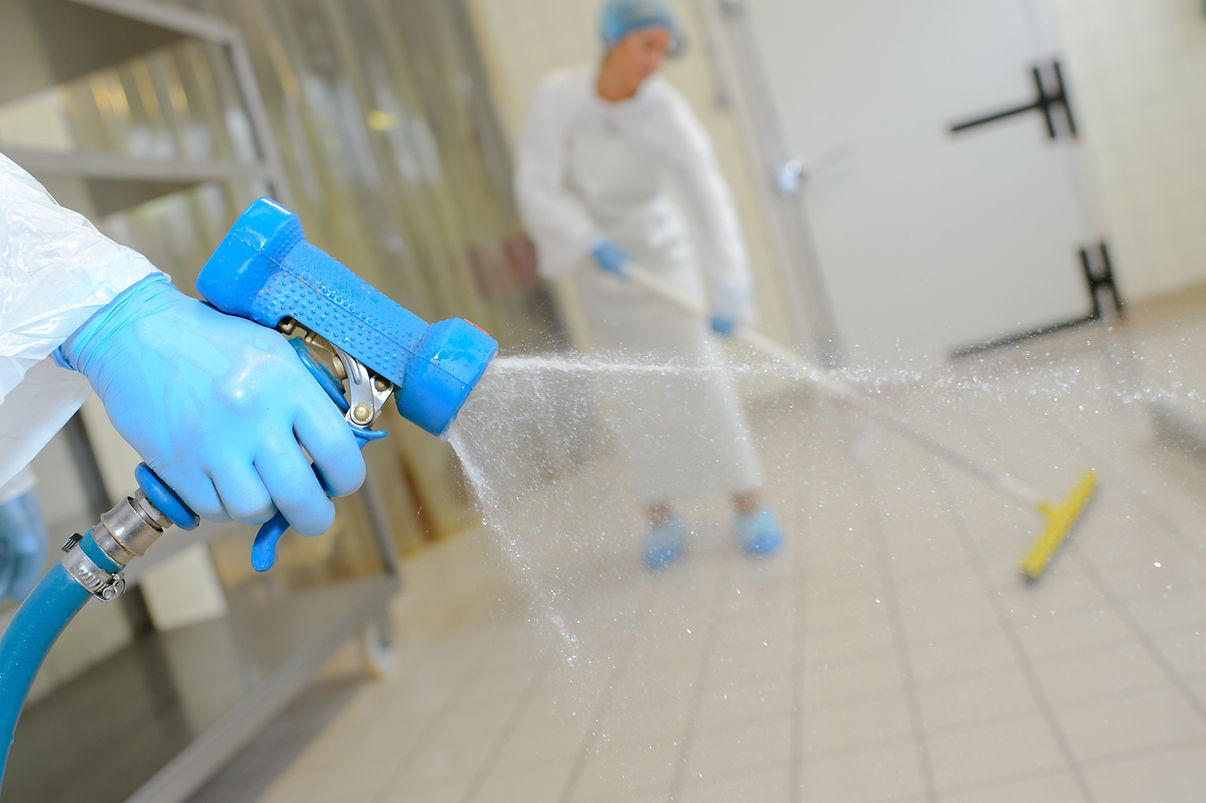
FORT
CLEANING SERVICES LTD
WHATSAPP: 07858 076113 EMAIL: contact@fortcleaningservices.co.uk LIVECHAT: Available 24/7
Understanding the Difference Between Deep Cleaning and Emergency Cleaning
Deep clean is cleaning that addresses areas often missed during regular cleaning. For example, the inside of and behind appliances, radiators and furniture, High level dusting, skirting boards, inside of cupboards, internal windows and lightly soiled areas that do not receive attention during a regular weekly cleaning routine.
An emergency clean is a rapid response service for both domestic and commercial properties. It is designed to address urgent and often hazardous situations that pose health and safety risks. This type of clean typically focuses on lifting soiled areas, dealing with severe neglect and responding to disruptive events.
Emergency cleans are essential when standard cleaning is no longer sufficient due to environmental, biological of chemical hazards. -whether in a home, office, commercial unit or rental property. In contract a deep clean is a thorough planned service that targets hard-to-reach and often-overlooked areas of a property typically not included in regular cleaning routines.


Deep Cleaning
Purpose:
To remove built-up dirt, dist, grime and allergens in areas not typically covered by routine cleans.
Scope:
Behind and underneath appliance
Inside cupboards and drawers
Window frames and sills
Light fixtures and vents
Skirting boards and edges
Frequency:
Typically recommended every 3-6 months for a home, but may be needed more depending on property use and occupancy.
Further examples and tasks:
Carpets and upholstery shampooing
Deep floor cleaning
Cleaning inside fridges, ovens and extractor fans (depending on provider)
high level dusting, scrubbing hard floors, and cleaning inside appliances.
Time required (guide only):
8-10 hours for a 2 bed house
10-12 hours for a 3 bed house
12-14 hours for a 4 bed house

Emergency Cleaning
Purpose:
To sanitise and thoroughly clean up after an event, neglect or through significant disruption that has caused excess mess, contamination and environmental or biological hazards.
Applies to:
Domestic homes (e.g. damage caused by flooding, neglected living spaces, hoarded homes and/or mould remediation.
Commercial spaces (e.g. spill cleanups, flood restoration, contamination)
Rental or social housing units.
Healthcare and hospitality premises where hygiene is critical.
Scope includes:
Removal of bio-hazards bodily fluids and faeces
Cleaning after fire, floor or injury
Dealing with extreme odours or decay
Cleaning and disposing of contaminated or infested materials.
Cleaning up after a sewage backup or contamination.
Decontaminating after chemical spills of unknown substances.
Frequency:
Event-specific triggered by incidents not regular schedules.
Time:
Immediate response is often necessary.
Duration may extend over multiple days depending of severity, risk level and property size.
Cost:
Emergency cleans are often significantly more expensive than deep cleans due to:
Specialist PPE and solvents
Highly trained staff
Use of industrial equipment
Challenging and hazardous work environments
Urgency and after hours availability

Summary:
A deep clean is planned and preventative, maintaining hygiene in both domestic and commercial settings.
An emergency clean is reactive and essential for restoring safety and habitability after serious incidents or neglect.
Need help deciding which service is right for you?
Fill in a cleaning specification form and our team will guide you through the next steps and help you book the appropriate service.